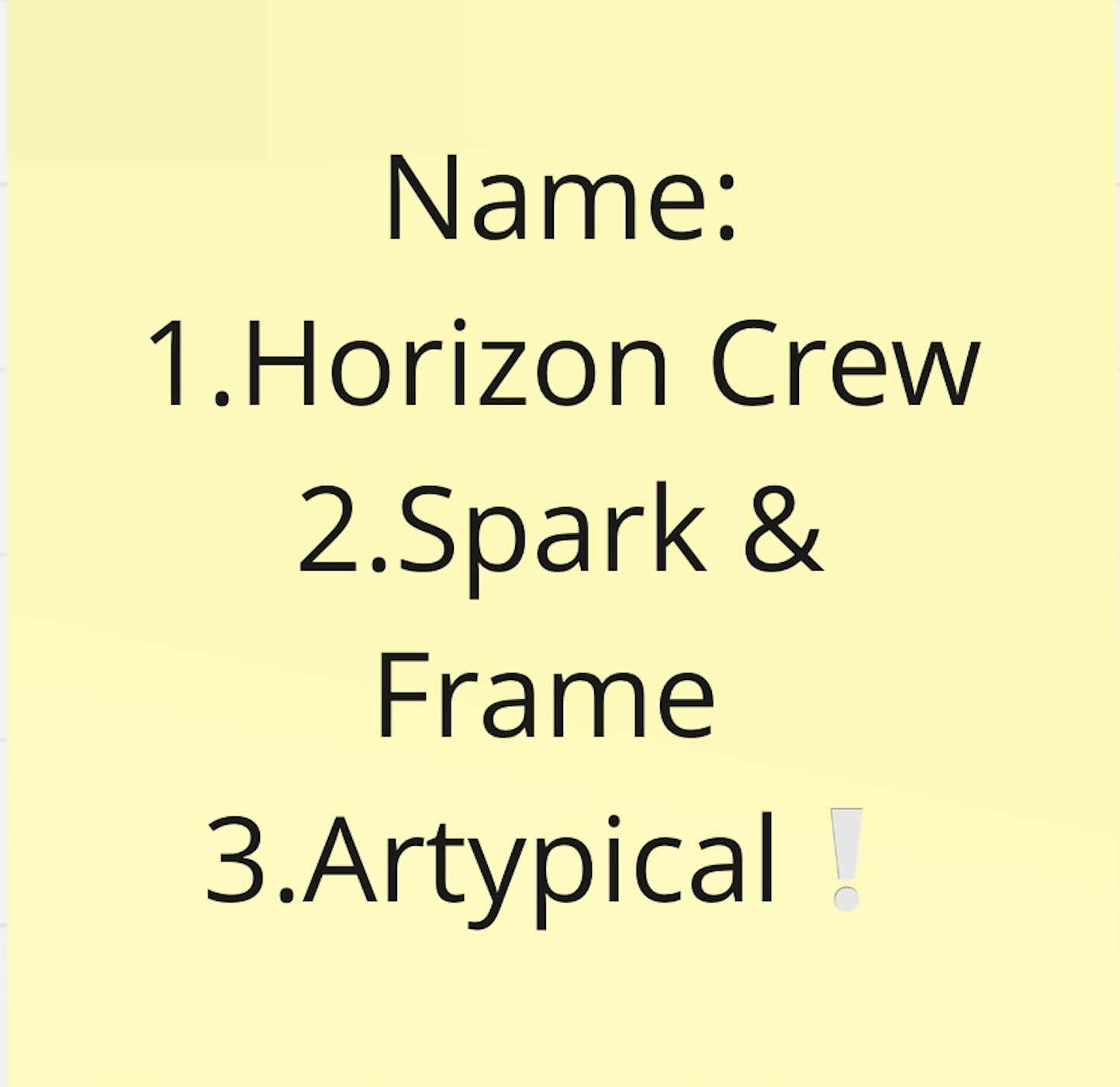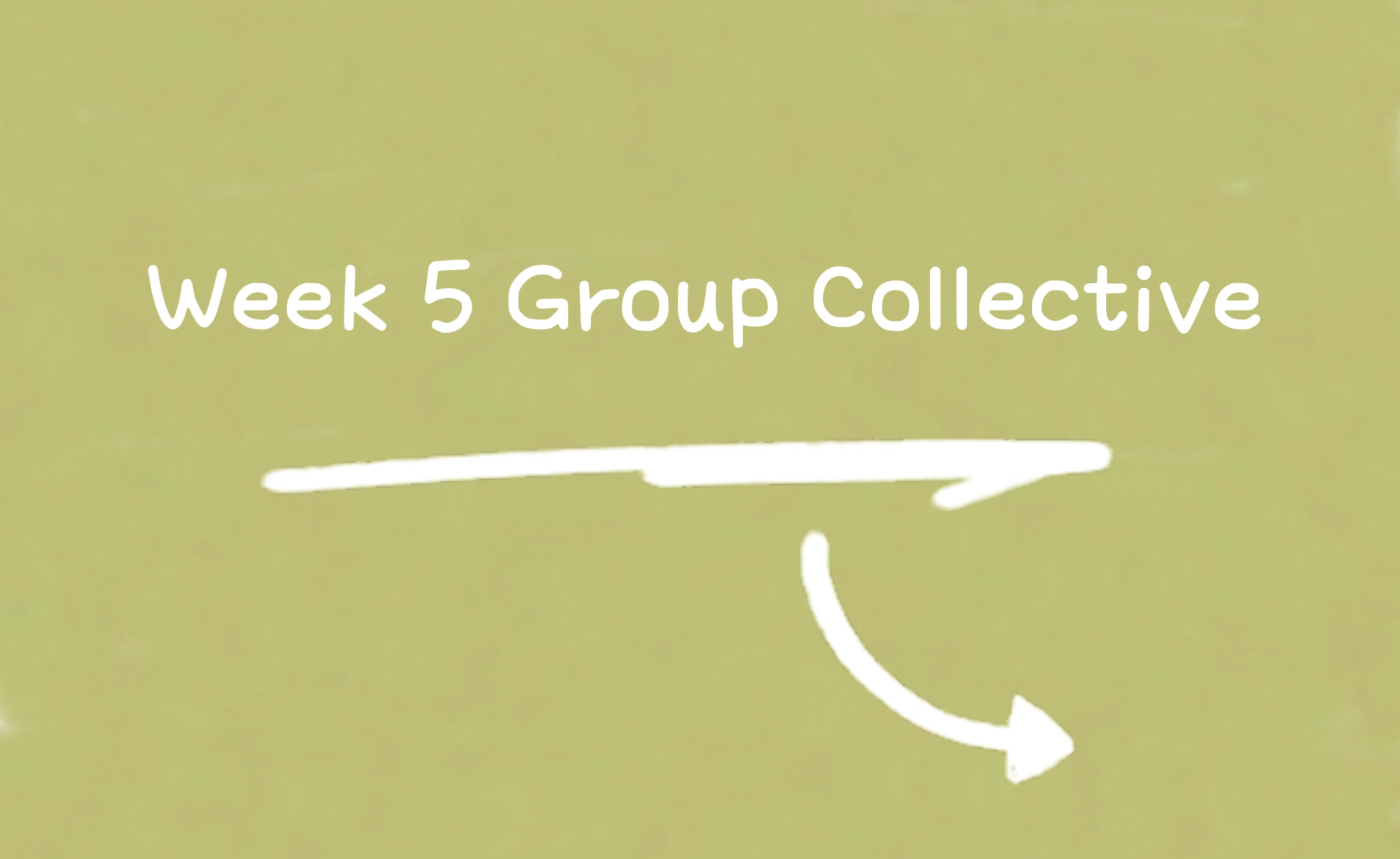Place-responsive curating
In a context where contemporary curatorial practice increasingly emphasises diverse narratives and local interventions, ATLAS Arts, a contemporary art institution in the Scottish Highlands, has proposed a unique curatorial model. Through its operation without fixed exhibition venues, the organisation has carried out cross-location, interdisciplinary and cross-domain collaborative projects in remote areas such as Skye, Raasay and Lochalsh, making curation a practical path of in-depth listening and co-creation with the community.
In 2024, ATLAS curated the artist Lauren Gault’s project ‘Samhla’ (Gaelic for ‘symbol’ or ‘image’), the proposition of which comes from a question:
‘If the land could speak to you and you were listening to try and understand it, what would you say back?’ (Roddick, 2024, p. 3)
This question not only guided Gault’s creation but also metaphorically represents the entire curatorial philosophy of ATLAS Arts, which sees curation as a process of listening and transforms exhibitions into a responsive relationship between land, time and people.
1. Exhibitions are not just about space, but about practical paths
Samhla did not choose a traditional exhibition space but instead spread across five locations on the island of Skye, including hills, museums, community halls and churches. The exhibition is not just a static display, but a narrative of the landscape that can be ‘walked into’: the audience needs to walk, touch, and even let animals ‘lick’ some of the works (Roddick, 2024, p. 4). This landscape-style exhibition method makes people rethink the formal possibilities of exhibitions. As Ainslie Roddick wrote in the project introduction: ‘With Skye’s landscape often understood only in terms of the experience it provides to visitors, or the monetary value of its land, the provocations in this publication speak to a landscape that is living, working, active and storied.’ (Roddick, 2024, p. 3) In other words, ATLAS rejects the commodification of Skye’s landscape and attempts to awaken it as a living, storied existence.
2. Material as narrative: the complicity of objects and land
Gault’s creations focus on materials and symbols related to the land, such as mineral lick buckets, dog leashes, fossil fragments, and 3D-printed ‘empty fossils’. These are not only sculptural materials, but also information, metaphors, and responses to land control, animal relationships, and historical memories (Savani and Gault, 2024, pp. 11–12). The relationship between humans and dogs is heavily involved in the work. Gault studied the records of wolves and dogs in Scottish place names, myths and legends, and land bans, such as the 19th-century land managers in Glendale banning residents from keeping dogs in order to control land use. This kind of ‘seemingly minor’ historical detail is magnified through art and becomes a profound reflection on social structure and land politics (Roddick, 2024, p. 5).
3. Curating as co-creation: expanding relationships and education
In addition to the individual creations of artists, ATLAS has also developed long-term educational projects such as the ‘School of Plural Futures’, which invites local youth aged 16–30 to collaborate with artists, activists, pastoralists, poets, etc., to explore and create around topics such as colonial history, housing issues and cultural identity (ATLAS Arts, 2023, p. 6). Emmie McLuskey, a co-creator of the project, pointed out:
‘Through talking, thinking, making, experiencing and grieving these subjects, we have developed a community of people dedicated to working with each other and the land towards a more harmonious world.‘ (ATLAS Arts, 2023, p. 6) Curation is no longer an expert system but has become an organizational method for local education, community relations and future imagination.
4. Inspiration from curation:
Samhla’s practice provides the following important inspirations:
- Exhibitions can be held outside the ‘white cube’, in the wilderness, in ruins of churches, in the corners of museums, allowing the audience to truly ‘enter’ a field of issues. This coincides with my previous ideas about the venue.
- Curation can start with an issue. For example, ‘Samhla’ started with the question of ‘whether the land can speak’. For example, the exhibition can start with a question when the audience first arrives, so that everyone can think about it with the question in mind.
- Materials themselves have a political nature. Art is not just a formal exploration, but can also be a presentation of the entanglement between land, animals and history.
- Curation is a way of constructing social relationships, not just ‘organising an exhibition’. For example, for the exhibition I want to curate, I am not just choosing artworks, but also deciding which voices to let be heard and which questions to ask by choosing who to collaborate with. This may influence the group.
- Curating can also respond to the future. As ATLAS advocates, ‘a world where many ways of thinking, being, and making are celebrated.’ (ATLAS Arts, 2023, p. 2)
Back to the original question: ‘If the land could speak, how would you respond?’ Perhaps the answer is this exhibition, curated by ATLAS and Lauren Gault. Curation is not just a channel for conveying information, but also a way to listen, empathise and participate through art. It teaches us not only how to look at exhibitions, but also how to live and imagine again on this land.
Bibliography
ATLAS Arts (2023) Strategic Plan 2023–2028. [PDF] ATLAS Arts. Available from: internal archive.
Roddick, A. (2024) ‘Introduction’, in Samhla Publication. ATLAS Arts, pp. 3–7.
Savani, G. and Gault, L. (2024) ‘TÙS-ÀITE // Place of origin’, in Samhla Publication. ATLAS Arts, pp. 11–13.
group collective
After a morning introduction to ATLAS Arts by course tutor Frances Davis, the group discussed several questions related to how these different exhibition venues affect the audience’s experience of the work. Why do you think ATLAS Arts chose to turn this exhibition into an online exhibition? What are the benefits to the organisation and the artists? And how does this change the potential audience? Different exhibition venues (such as outdoors and museums) provide different experiences for the audience, increasing the sense of immersion. By presenting the exhibition online, ATLAS Arts was able to broaden the audience, especially those who could not visit in person, and extend the exhibition’s life cycle. The online platform provides artists with the opportunity to reach a global audience and enhance interactivity through digital means, increasing the accessibility of artworks and continuing the global dialogue. This move also breaks geographical restrictions and attracts audiences from different backgrounds and interdisciplinary groups. This kind of case also provides new ideas for my curation, whether it is possible to create an online exhibition hall as a platform for more people to view, as well as for the archiving of exhibitions.
In the following group discussion, we chose one of the cases: Lofoten Biennale 2019LIAF, for research, including its project format, project location, how to influence its geographical background, audience groups and artists, etc. This case combines art with local context, responds to geographical and environmental factors, and at the same time provides a platform for global and local artists to interact with the audience in various ways. The festival explores the theme of ‘climax’ through the natural and cultural landscapes of the Lofoten Islands, challenging artists and audiences to reflect on these interrelationships. I think that thinking about and discussing this issue with my peers, also made me think about what aspects I should pay attention to if I were to curate an exhibition, from the theme to the location to the exhibition format, artists, audience groups, etc.
In the afternoon panel discussion, we introduced each other to our curatorial projects and gave each other some suggestions. One of my peers asked me how I hoped people would participate in my exhibition and what kind of impact I wanted the exhibition to have. This made me start thinking because the theme of my exhibition is related to feminism, exposing the oppression of Asian women in the family and society. Paying attention to this kind of social issue is also based on my desire to make more people aware of these issues and thus actively make changes. Therefore, in terms of audience participation in the exhibition, I hope there can be more interaction, such as asking questions for visitors to think about and setting up a guest book for participants to share their stories or opinions. I also asked questions and gave suggestions to my classmate Elton Li about his curation of the AI theme: ‘Can AI become a real “artist”?’ This is a profound philosophical question that deserves further exploration. Does the role of AI in artistic creation require more diverse interpretations, especially whether there is an intention and guidance from the creator (such as the programmer) behind the machine creation? How can the audience truly become the creator? Are there enough interactive methods to allow the audience to participate in the creative process and have a substantial impact on AI-generated works?
Finally, we also discussed what name to give to our group, and we devised a few interesting names together.



Leave a Reply